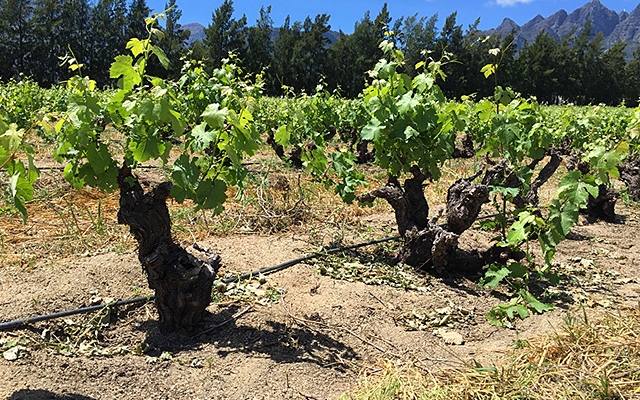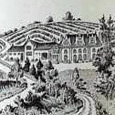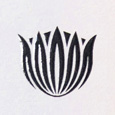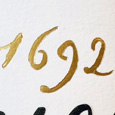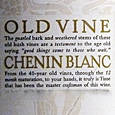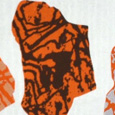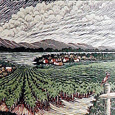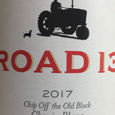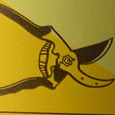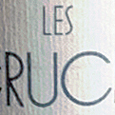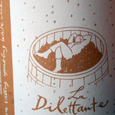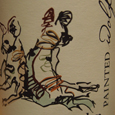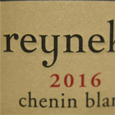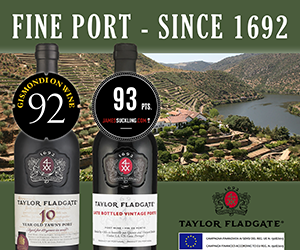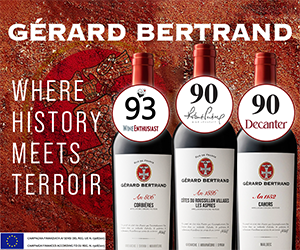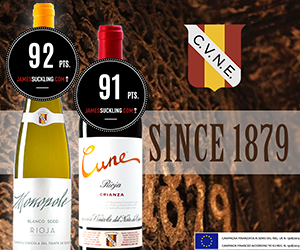When it comes to complex, and possibly perplexing whites, I think of chenin blanc.
Chenin blanc is one of the world’s most versatile grapes. Wines from this early-budding, late ripening grape arc from searingly bone dry to sweet nobility and from serious fizz to potent fortified pours. Firmly rooted in France’s Loire Valley since the ninth century, this accomplished, if not idiosyncratic, grape still reigns over France’s garden valley today, transmitting terroir in sought after appellations like Savennières, Vouvray and Touraine. Part of chenin’s mystery is its chameleon-like nature; is it going to be one of the green, vegetal and meadow examples? Or will this waxy pour be full of lanolin, honey and chamomile? Will it be racy and dry or heady and sweet? Unmistakably constant in cared-for wines is the spiking acidity, apparent even through softening with time in wood or via heavy-handed winemaker intervention. The acidity also contributes to the longevity of well-crafted chenins – they can continue to mature for decades, transforming the greengage and angelica notes into mushroom, salt, honey and toast. When noble rot – botrytis cinera – affects this grape, the results can be otherworldly – Bonnezeaux and Quarts de Chaume are such cosmic examples.
In many parts of the world, chenin is relegated to a workhorse status and blending partner. Though the Loire is still considered the zenith, twice as much chenin is planted in South Africa, where it is also known as steen. Since 1974, the first year of official records, chenin blanc has been the most planted cultivar in the South African wine industry. Chenin is firmly rooted in the Western Cape; Jan Van Riebeeck introduced the first vines to the Cape in 1655. Here, there are many old vines, the majority of which are gnarly aged bush vines young winemakers are rediscovering and caretaking, especially in Stellenbosch. The Swartland is also a striking area for Chenin, where vintners are letting the grapes express themselves through hands-off, sustainable winemaking. That said, the growing area covers many different climates, ranging from the cool coastal areas of Walker Bay and high altitudes of Cederberg (1000+ m) and Piekenierskloof (as high as 750 m) to much lower (e.g.Walker Bay/Bot River) and warmer areas, like Paarl. The largest concentration in Olifants River, followed by Breedekloof and Paarl.
I'm here in South Africa, chenin country, for a couple of weeks, tasting through Cape Wine 2018, and then judging at Veritas. I've been enjoying the incredible diversity of the dozens of chenin blancs I've had to date, and looking forward to many, many more over the next week and a half. To highlight South Africa's star grape, here are the Top 10 international Chenin Blanc we've tasted at GOW over the past few months, from SAF to Loire to BC. #DrinkChenin.
*Photo of Bosman Family Vineyards' Optenhorst Chenin Blanc, courtesy Old Vine Project

 quicksearch
quicksearch

